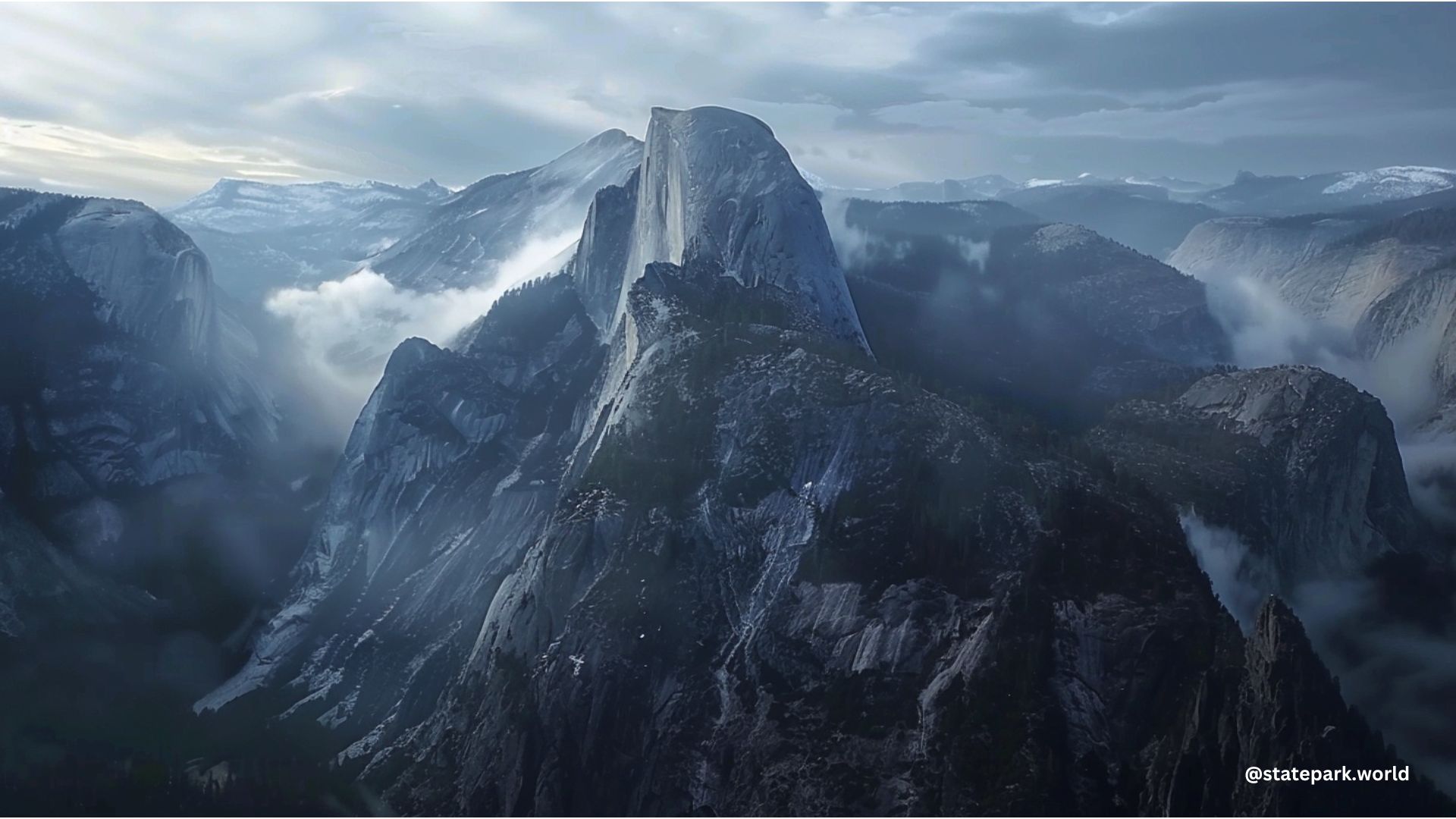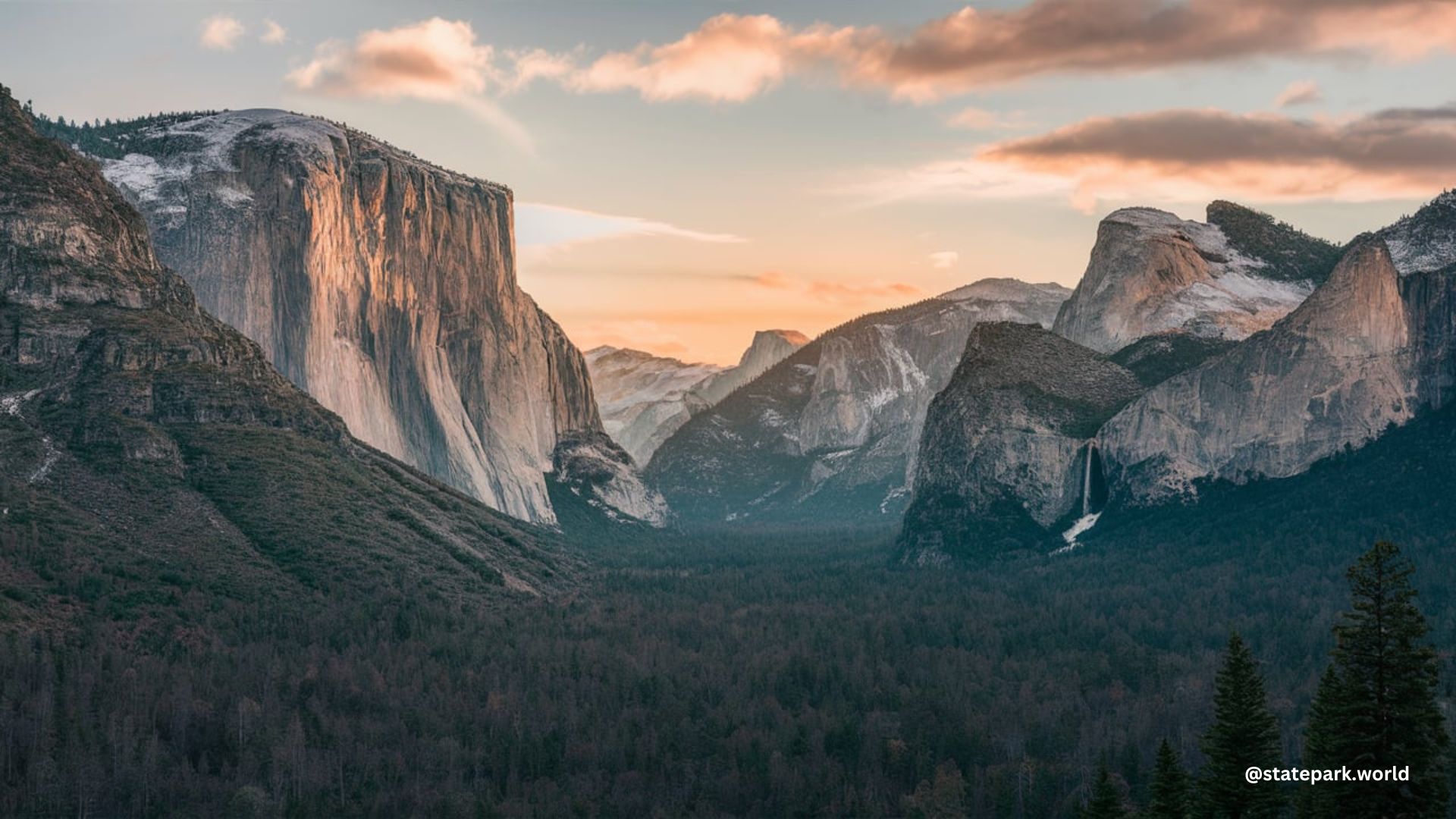Yosemite National Park is renowned for its breathtaking natural beauty, from the towering granite cliffs of El Capitan to the serene alpine lakes. However, one of the park’s most fascinating and elusive inhabitants is the grizzly bear, which once roamed freely in the region but has since vanished from the landscape.
The Disappearance of Grizzly Bears in Yosemite
Grizzly bears were once a dominant apex predator in Yosemite, playing a crucial role in the ecosystem. These powerful and majestic creatures were a common sight in the park, but their numbers began to dwindle as human settlement and development encroached on their habitat. The last known grizzly bear in Yosemite was shot in 1895 at Crescent Lake, marking the end of an era for these magnificent animals.
The Rise of Black Bears in Yosemite

In the absence of grizzly bears, the black bear has become the sole species of bear found in Yosemite National Park. These smaller and more agile bears have adapted to the changing environment, thriving in the park’s diverse habitats. Black bears in Yosemite are primarily grubbing in downed logs and grazing on shoots and grasses, playing an important role in the ecosystem.
Coexisting with Black Bears in Yosemite
While black bears may not be as imposing as their grizzly counterparts, they still pose a significant threat to human safety if not properly managed. The park service has implemented a range of measures to help visitors coexist with these animals, including the installation of bear-proof storage lockers and the enforcement of strict food storage regulations.
Securing Food and Supplies
Visitors to Yosemite must take extra precautions when it comes to storing food and other scented items. Leaving these items unattended in your car or campsite can attract curious bears, leading to potentially dangerous encounters. The park service recommends using bear-proof containers or hanging food from a suspended rope to keep it out of reach of these intelligent animals.
Avoiding Encounters with Black Bears
While black bears are generally less aggressive than grizzlies, they can still be unpredictable and dangerous if they feel threatened or have become accustomed to human food sources. Visitors should always maintain a safe distance from bears, avoid approaching them, and never feed them. If an encounter does occur, it’s important to remain calm and follow the park’s guidelines for safely navigating the situation.
Tracking Bear Activity in Yosemite
The park service closely monitors bear activity in Yosemite, tracking incidents and implementing strategies to minimize human-bear conflicts. In recent years, the number of bear incidents in the park has fluctuated, with a significant decrease observed between 2014 and 2016. This decline is likely due to increased law enforcement efforts and a greater emphasis on educating visitors about responsible bear-safe practices.
Preserving the Legacy of Yosemite’s Grizzly Bears
While the grizzly bear may no longer roam the landscapes of Yosemite, its legacy lives on in the park’s rich natural history and the ongoing efforts to protect and coexist with the black bears that now call the park home. By understanding the role these apex predators once played and the challenges they faced, we can better appreciate the delicate balance of the Yosemite ecosystem and the importance of preserving its unique wildlife for generations to come.
References:
– Reddit post on Yosemite bears
– Lasting Adventures blog on Yosemite bears
– National Park Service page on Yosemite bear facts
– Yosemite Hikes page on Yosemite bears

